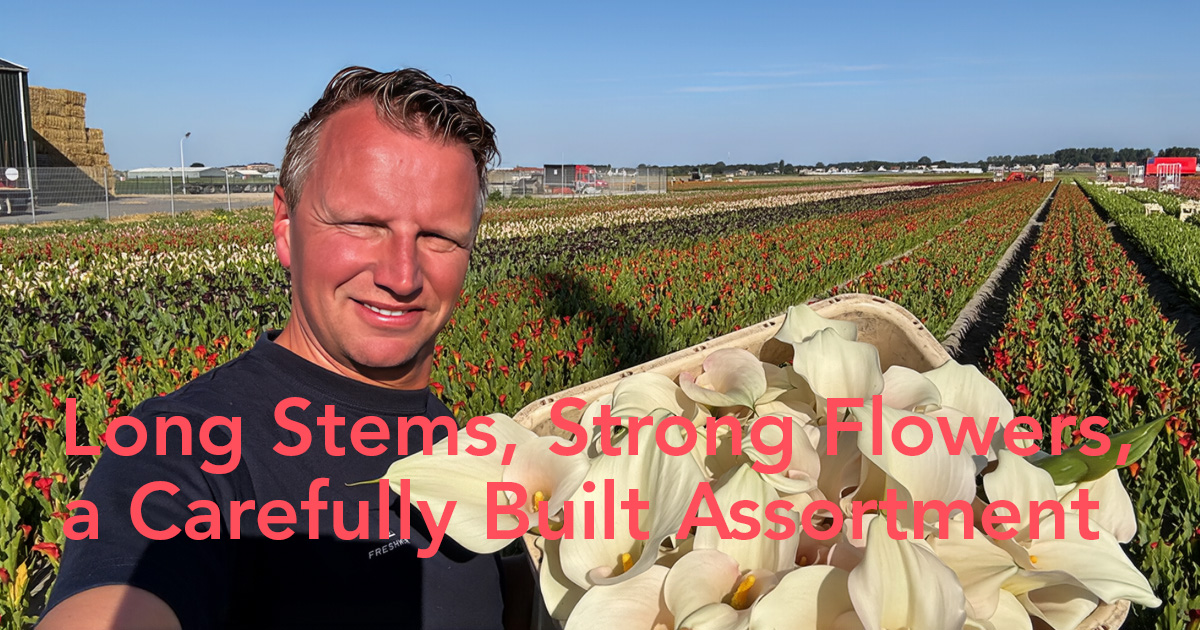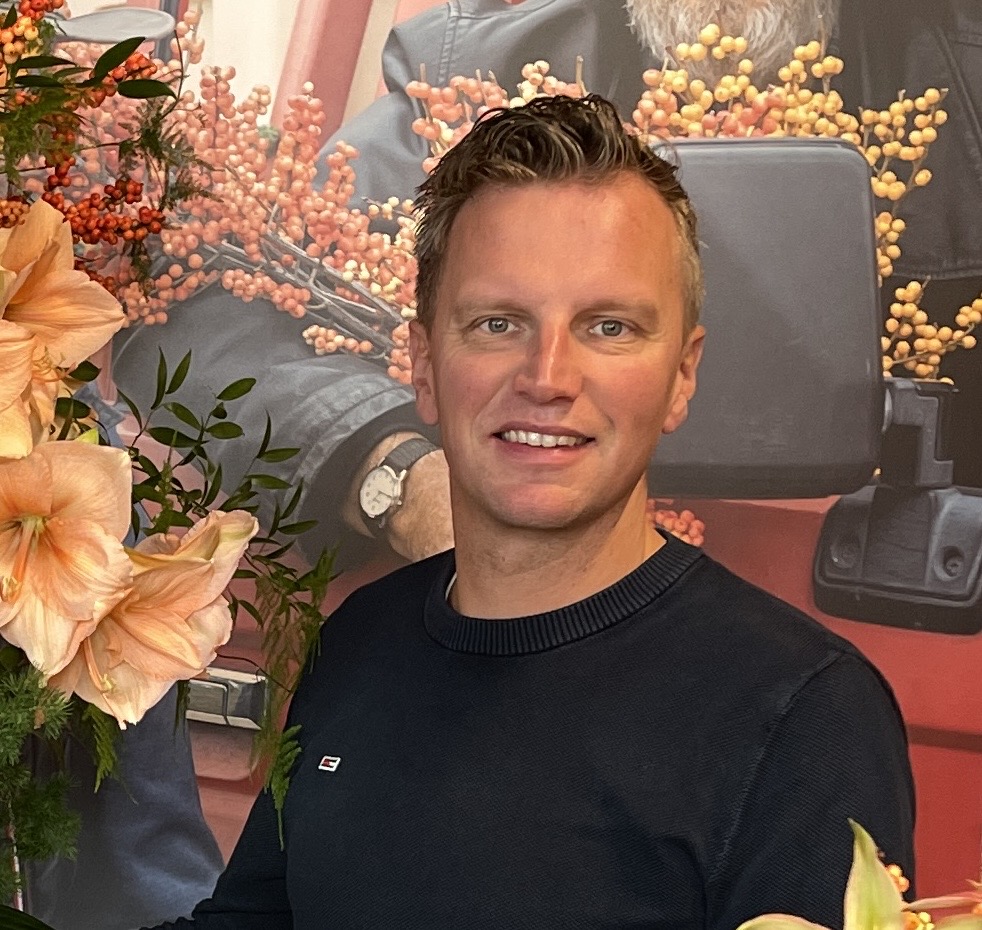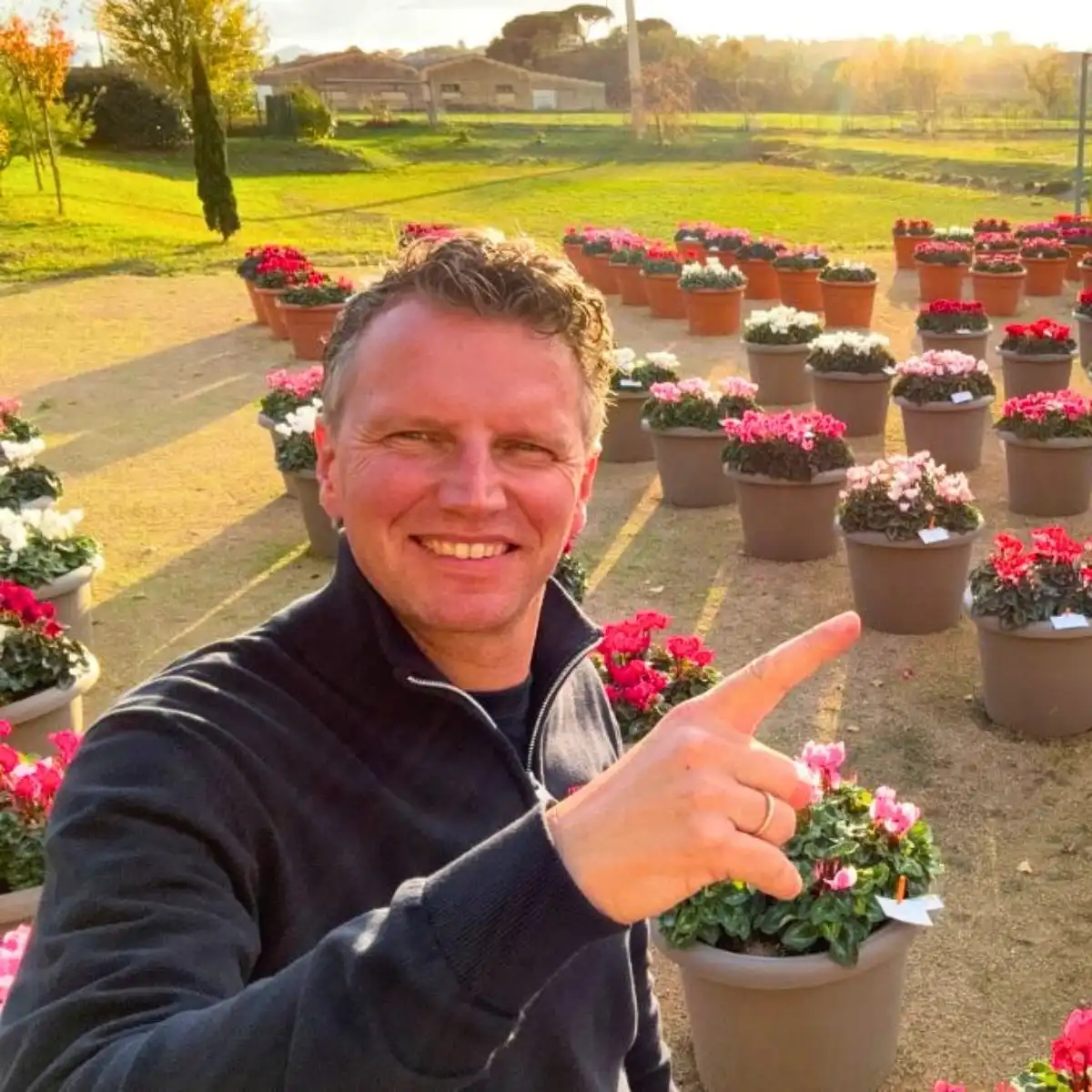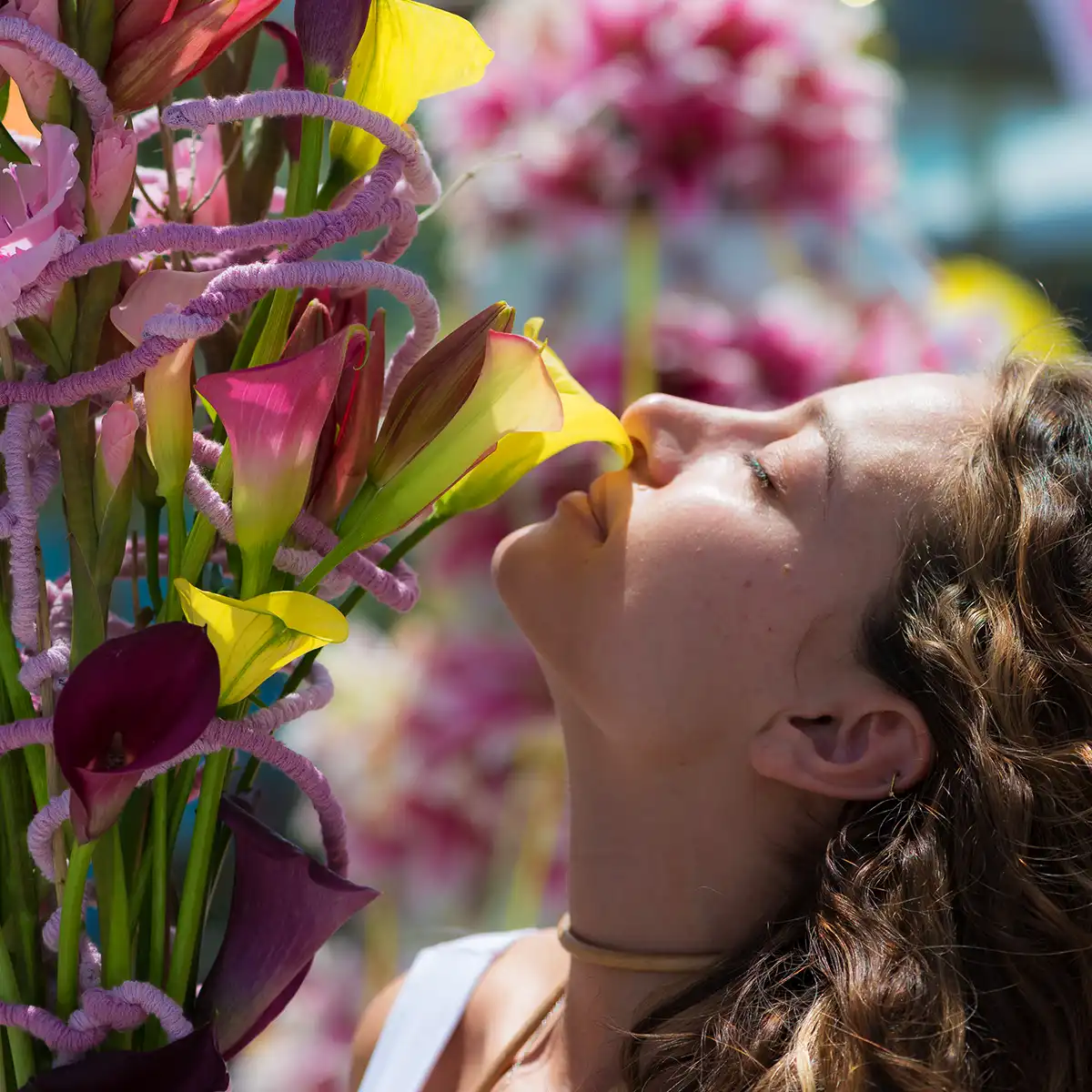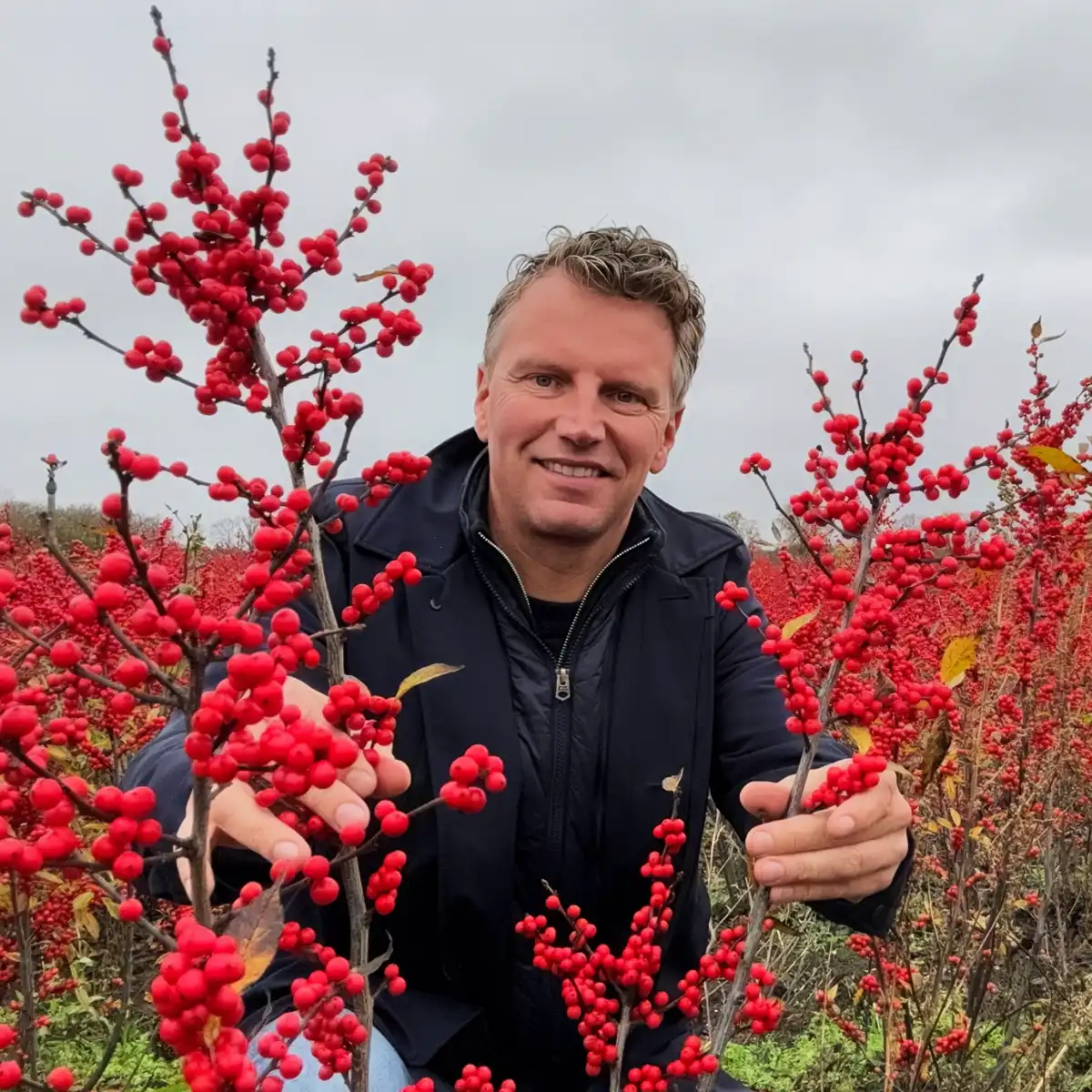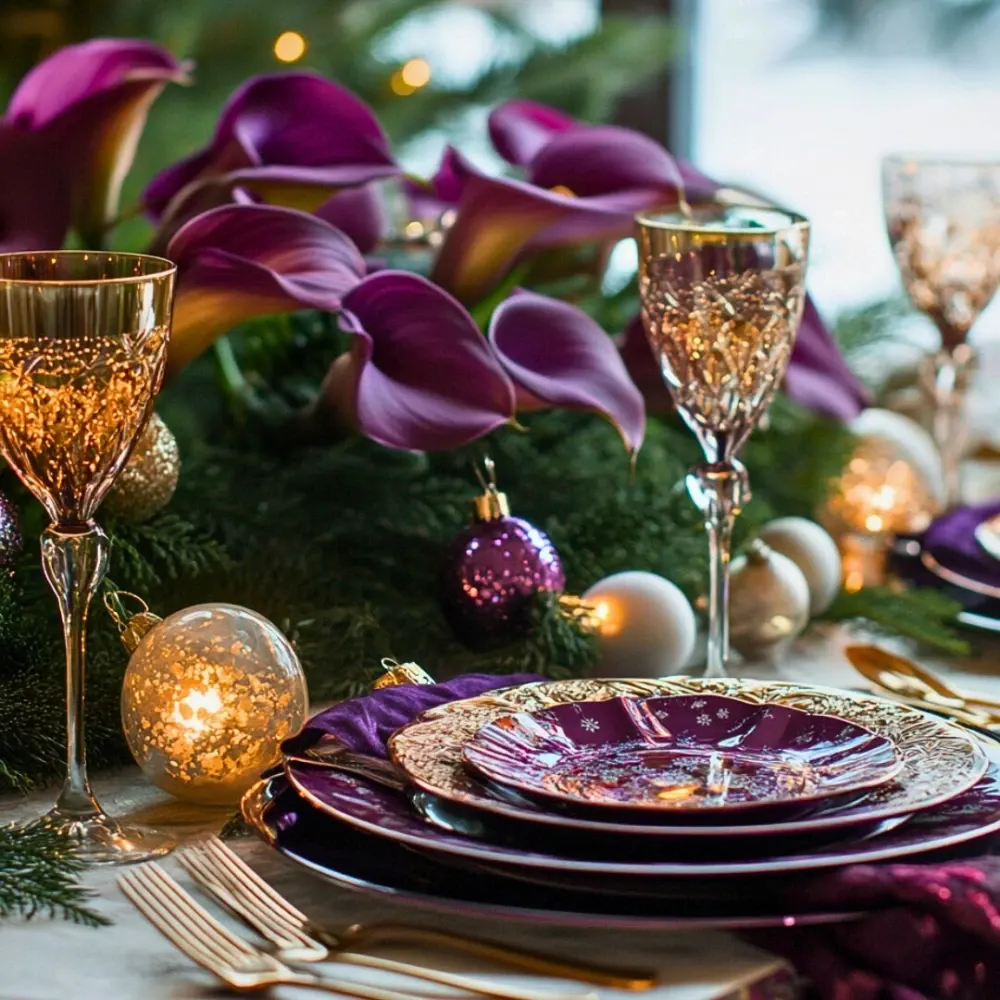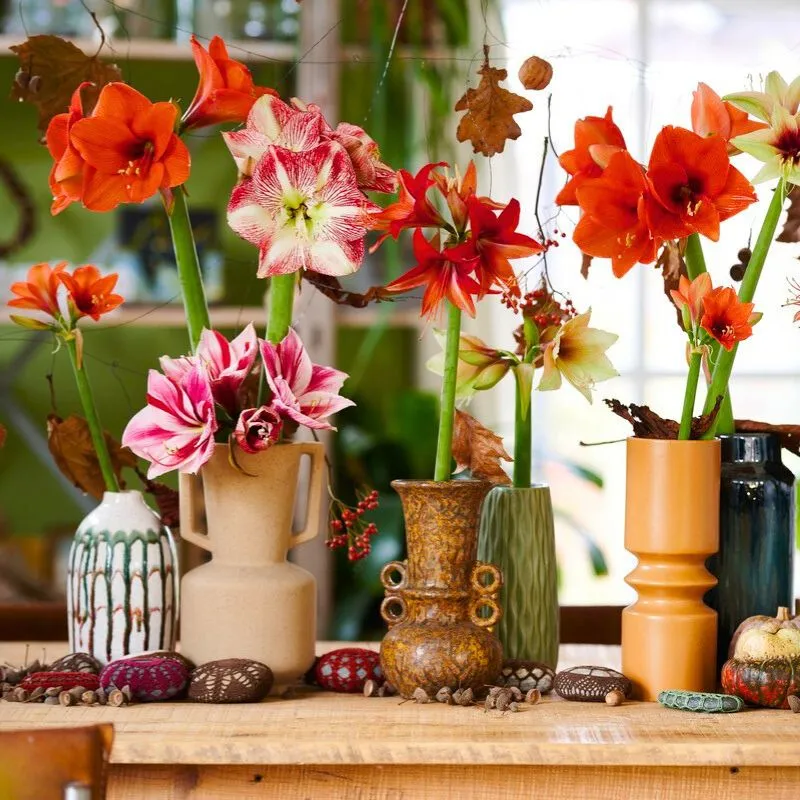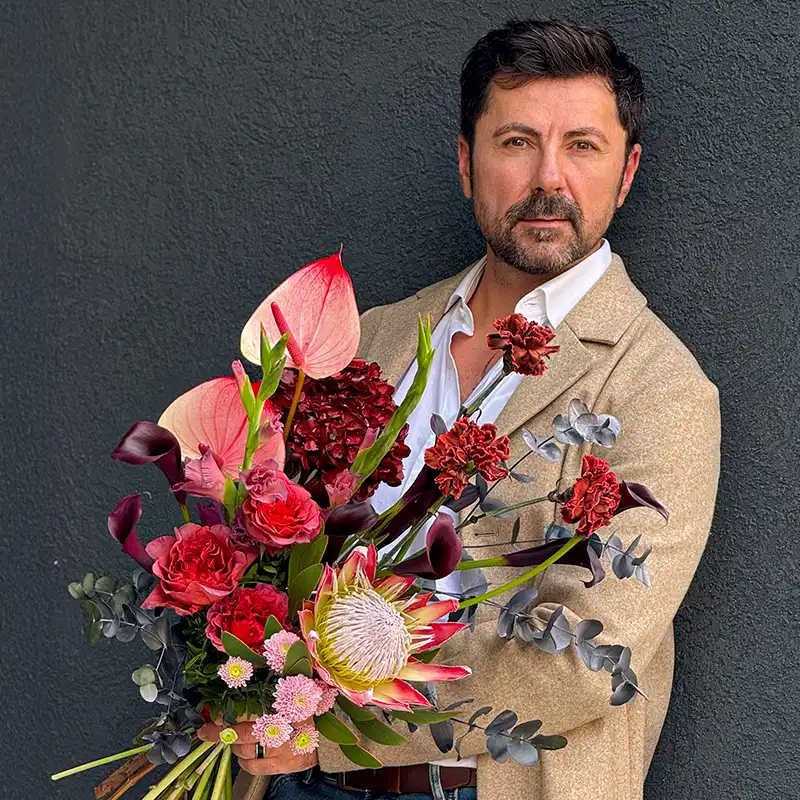From June through November, it’s peak season at nursery Kallaland. During these months, grower Ton Kortekaas and his team bring premium cut callas to the market: long stems, strong flowers, and a carefully built assortment. Together with tuber producer Agriko, Kallaland forms a unique combination of knowledge, breeding, and cultivation that fits right in the overall quality promoted by the Simply Calla growers' collective.
My Visit to Kallaland
Walking through the 7 hectares of Kallaland's outdoor fields, Ton Kortekaas explains that the world under the ground is just as important as above for growing perfect callas, aka Zantedeschias. For the underground, he relies on tuber producer Agriko, which happens to be owned by himself and his brother Jan:
"Agriko is one of the major growers/producers of calla tubers. We are a real family-grown company that has been growing bulbs and tubers for many years. So, Agriko produces the starting material – everything underground. Our nursery, Kallaland, then uses part of that material to grow cut flowers.”
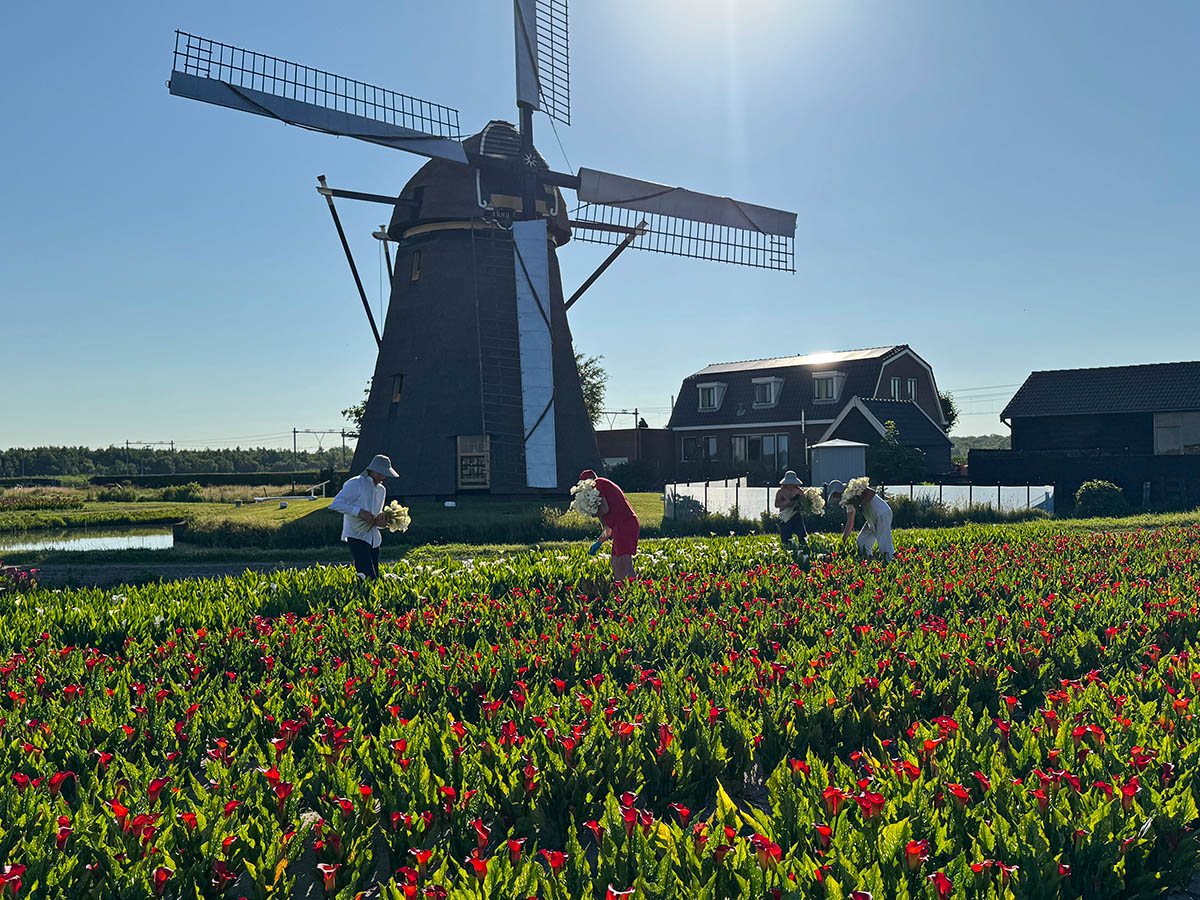
The two activities are kept separate, even though they are under the same roof. That split creates focus and specialization, which translates into consistent quality. “Our customers value that we’re purely focused on cut callas. They specifically ask for varieties with longer stems and bigger blooms. That’s what we adjust our assortment to.”

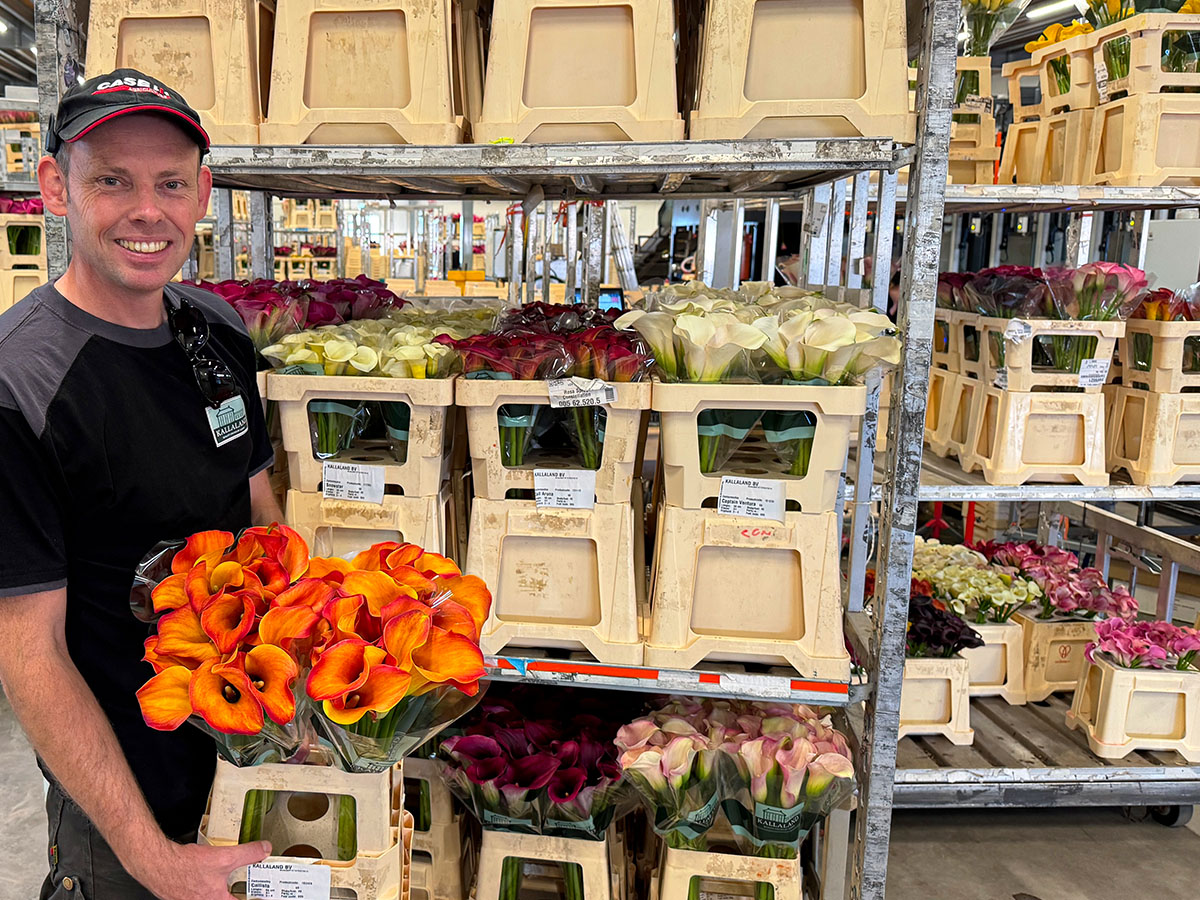
Specialist Work in a Challenging Market
Growing cut callas is no easy task. Ton shares: “The cost price is high, the risks are significant, and you’re very dependent on the weather. At the start of this season, which runs from roughly June to November, we had shorter stems due to a lack of water and too much sun. Most of the plants just don’t perform then, and that hurts. For real stem length, you need covered weather.”
The market itself can be just as unpredictable. “Retail is important, but difficult to build up. If they drop out, your whole calculation is off. At the same time, florists – especially in the higher segment – ask specifically for quality Zantedeschias. Think stems of 70 to 80 cm. Those are scarce, especially in winter, and very much appreciated.”
Kallaland works closely with a select group of breeders, including Kapiteyn Group, Dümmen Orange, Könst, and the smaller, more specialized Trendflor. “Sometimes they approach us with new varieties. If we see potential for cut production, we start with small trials and later scale up through Agriko. Only if a variety proves itself in terms of health, strength, and quality, it makes it to the list.”
Some of the well-known fifteen varieties that are grown each season are Captain Promise, Captain Ventura, Captain Romance, and from Trendflor, you’ll see names like Pink Jewel, White Present, and Callista.
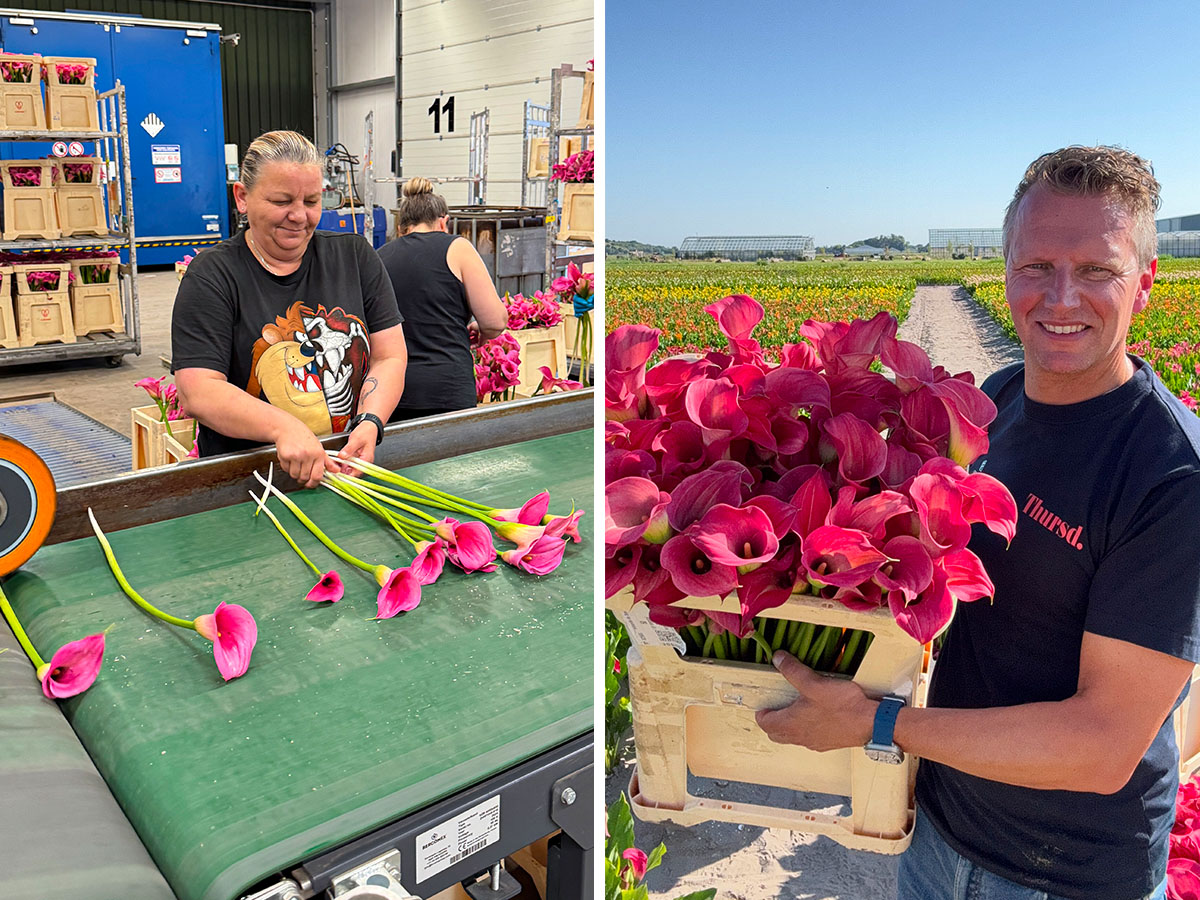
Looking Ahead: Quality Over Growth
For the future, the path is clear. Growth is not the main goal. “We don’t aim for expansion. We don’t want to compete with ourselves. On top of that, good staff are harder to find, and regulations are getting stricter. That limits you.”
What remains is the passion. “We want to keep going in a stable way, with good quality. In the end, we do this to make people happy. The color intensity of callas is unique. At home, I enjoy having a bunch in the vase as well.”

A Message for Florists
Ton closes with a message: “Keep using callas – they bring joy. And if florists have wishes or ideas, we’d love to hear them. At the end of the day, we want to create a product that really works for you.”

